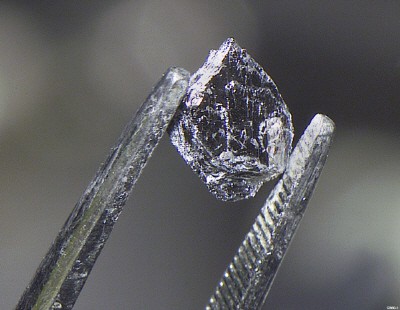Physicists in the US and Korea have established a link between two seemingly different types of "unconventional" superconductivity. Since the 1980s it has been known that heavy-fermion systems lose their resistance to electric currents when cooled below about 1 K, whereas high-temperature copper oxides can remain superconducting at temperatures of 100 K or higher. Now Nicholas Curro and colleagues at the Los Alamos National Laboratory and Chonnam National University have shown that a plutonium-based superconductor first discovered in 2002 has properties that appear to bridge these two extremes (N J Curro et al. 2005 Nature 434 622).

A common feature of all superconductors — both the low-temperature and the high-temperature varieties — is that electrons in the material somehow overcome their mutual electrostatic repulsion to form Cooper pairs below a certain transition temperature. These pairs can then condense into a single quantum state and move without electrical resistance. In conventional superconductors, electrons pair up as a result of their interactions with vibrations of the crystal lattice known as phonons. In contrast, it is thought that the electron pairs in unconventional superconductors are formed as a result of interactions with magnetic fluctuations in the material.
In 2002, the same group at Los Alamos and co-workers discovered that an alloy of plutonium, cobalt and gallium (PuCoGa5) exhibited superconductivity below 18.5 K. However, it was not clear if the new material was a conventional or unconventional superconductor. Although it had a similar structure to the heavy-fermion systems, it had a much higher superconducting transition temperature.
In a conventional or low-temperature superconductor the total orbital angular momentum of the two electrons in a Cooper pair is zero — a so-called s-wave state. By contrast, the Cooper pairs in a high-temperature superconductor have two units of orbital angular momentum, which is known as a d-wave state. By measuring the spins of cobalt and gallium nuclei in the plutonium alloy at different temperatures, Curro and co-workers have now confirmed that the plutonium compound is an unconventional superconductor.
“Our results imply that the two classes of unconventional superconductors are not disparate extremes but rather part of a continuum,” Curro told PhysicsWeb. “Plutonium cobalt gallium appears to bridge these two extremes.”
In addition to allowing physicists to explore the phenomenon of unconventional superconductivity in more detail, the results also suggest that related classes of exotic superconductors may yet be discovered.



